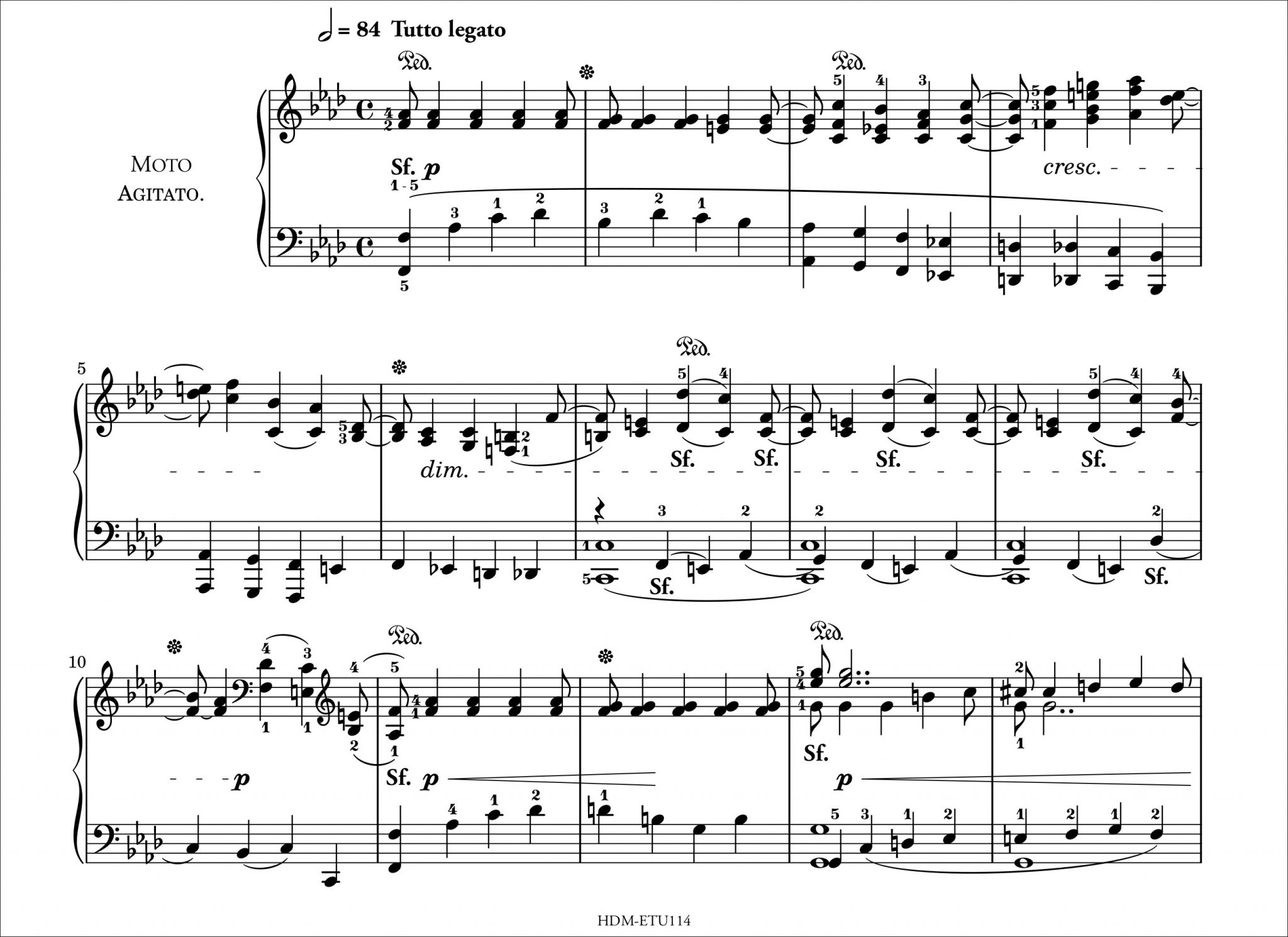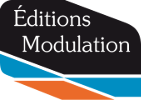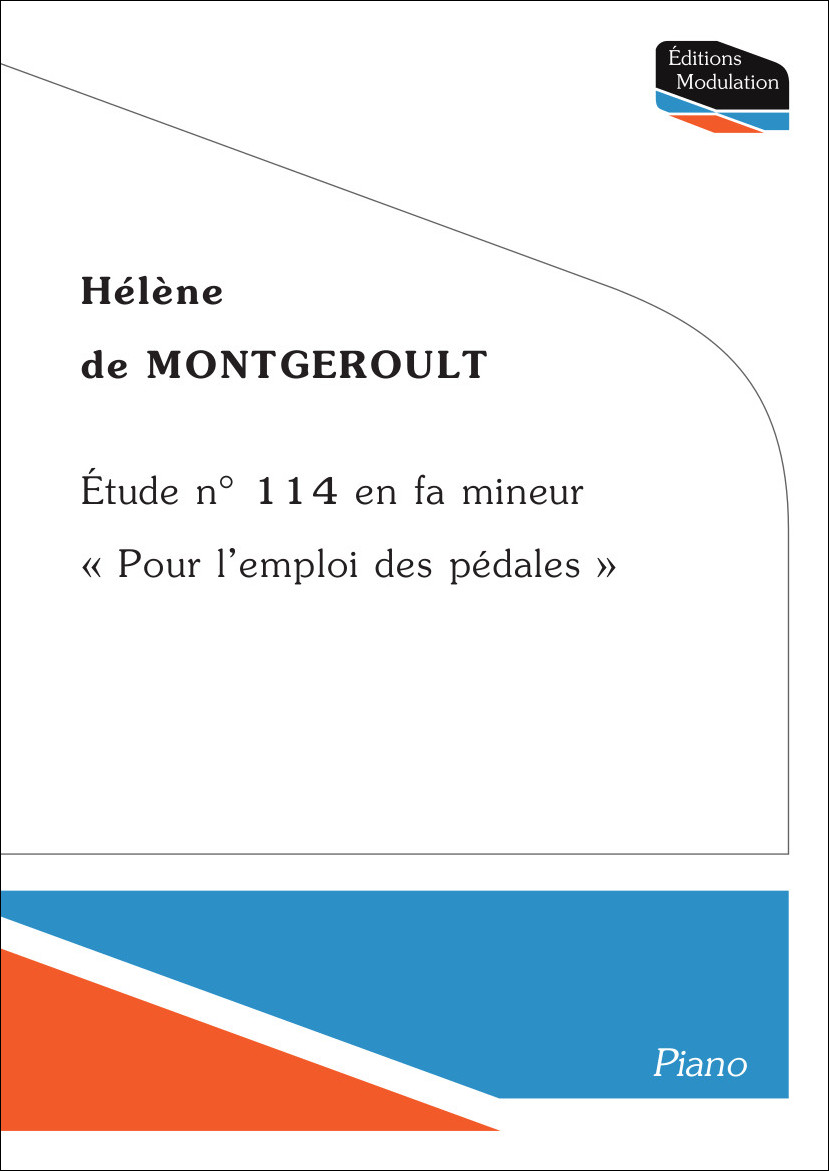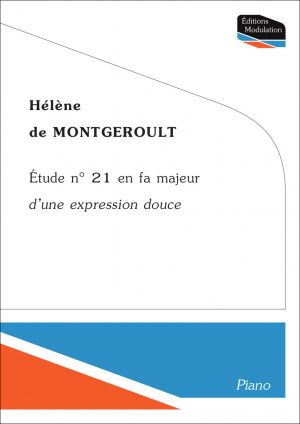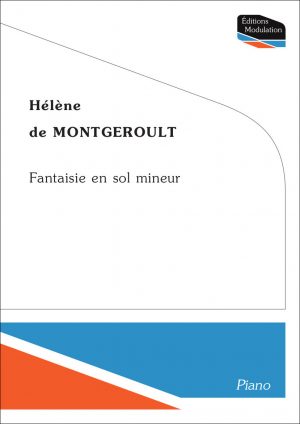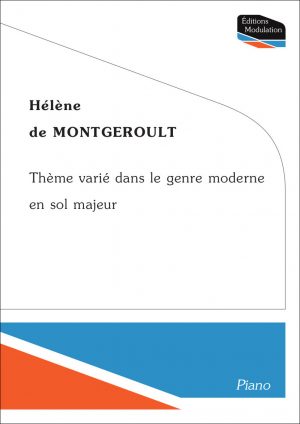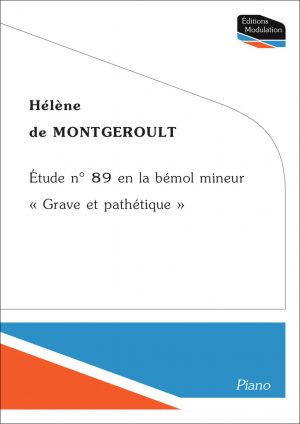Description
“For the use of pedals”
Etude for both hands for the use of pedals.
The use of a mechanical device substituted to those that can be obtained from the perfection of the play alone, certainly has the disadvantage of slowing down the quest for this perfection, and of preventing the student from seeking in the habit of a well thought out tact the dynamics that he wants to produce. So it is very common to find in artists who abuse the use of pedals only a dry play and everything of one expression, when they deprive themselves of this means. The student will therefore only have to allow himself this after having used up all the others, and in the very rare cases where one wants to obtain a striking and unexpected effect, as in the two major parts of this piece, or when when after having pressed and expressed so to speak all the sound of the key in a CRESCENDO, one increases the progression by raising the dampers; or finally in pathetic music of the kind of the two minors of this Etude, who must produce the effect of a vague harmony in which some high accents are heard. As for the pedal which suppresses the vibrations by means of the buffalo, it is not good in any case, since the fingers can make the effect without having the disadvantage of changing the quality of the sound. The student will take great care to raise the pedal at the very moment when the changing key of the sentence, the mixture of vibrations would produce, if the dampers were lifted, a very unpleasant cacophony. The whole syncopated part of this study must be played extremely legato. The student will look for all the dynamics that his feeling may inspire him but that he is careful not to want to put at each note it is the feeling of the sentence that must be conceived and expressed. The two major parts must be played very brightly, and for that you need to play ARPEGGIOS with a lot of biting chords that both hands make.(H. de Montgeroult)
(Bruno Robillard – 2006)
